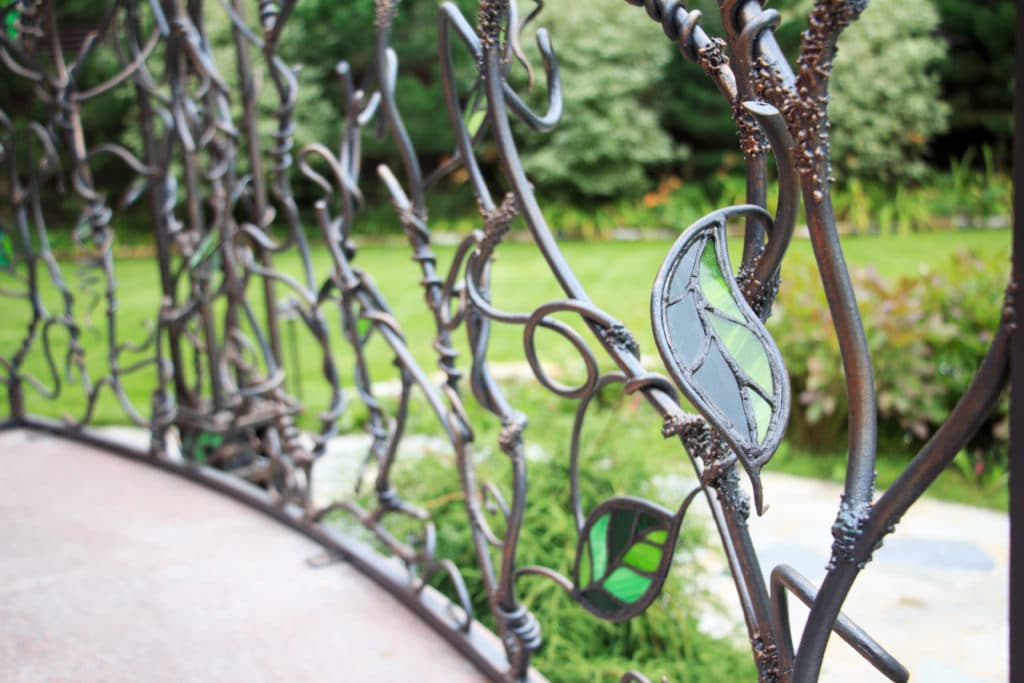Wrought iron railings add classic beauty and enduring strength to staircases, balconies, and decks. Despite their durability, even the finest wrought iron railings will eventually succumb to the elements, showing signs of wear such as rust or a loosened base. Maintenance and timely repair are key to extending the life of iron railings, preserving both their functionality and aesthetic appeal.
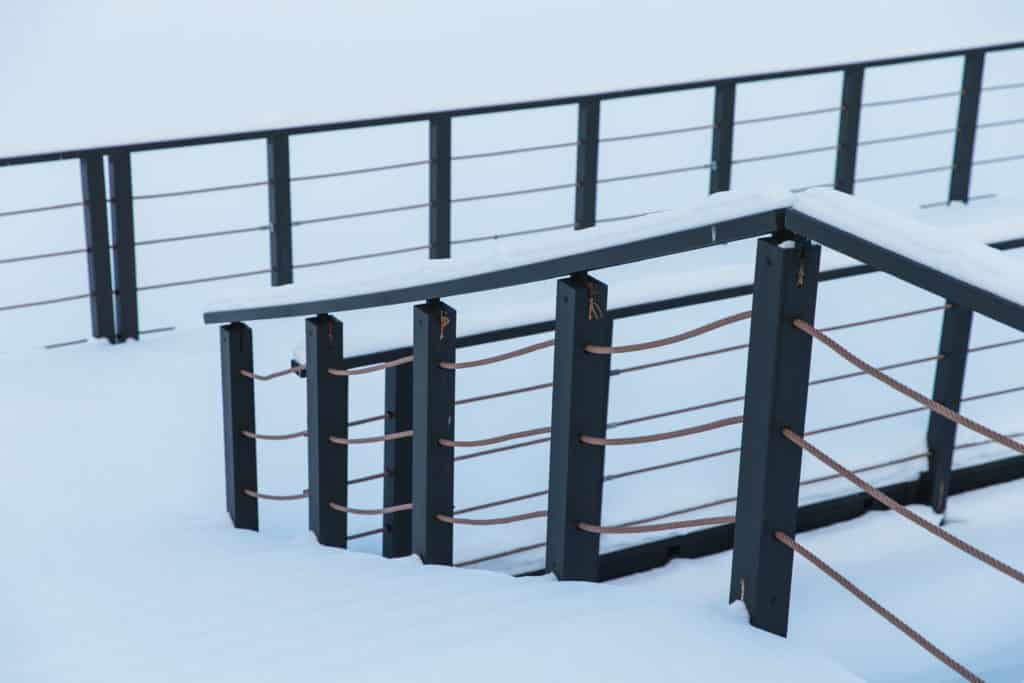
Removing rust and repainting are common aspects of wrought iron railing maintenance. They not only help in keeping the railing looking new but also protect against further corrosion. For railings that have become loose or wobbly, repairing the fasteners or the base can often reestablish stability, ensuring safety and restoring structural integrity.
Cleaning wrought iron railings is an important preventive measure and should be part of regular maintenance. It helps in identifying potential issues early, such as small rust spots or minor corrosion before they develop into more significant problems. By addressing these concerns promptly, one can maintain the timeless appeal of wrought iron railings while avoiding more extensive, costly repairs down the line.
Assessment and Preparation
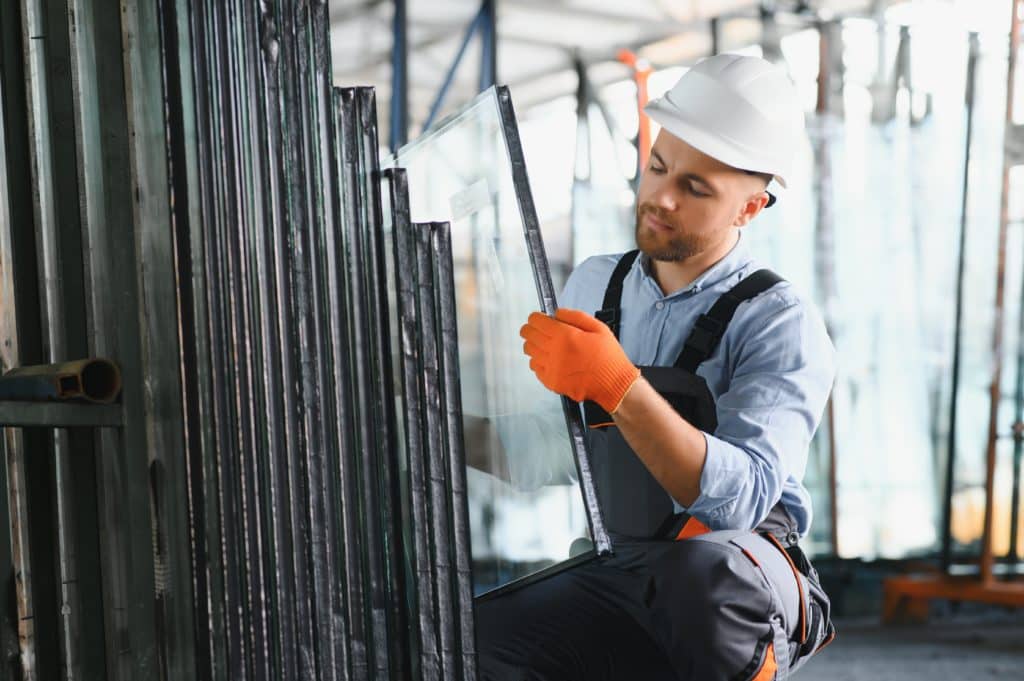
Before attempting to repair a wrought iron railing, it is critical to assess the extent of the damage and prepare by gathering the necessary tools and performing a thorough cleaning. This foundational step ensures the longevity of the repair work.
Identifying Issues
One should meticulously inspect the wrought iron railing for any rust spots, corrosion, or areas that may be unsafe. Particular attention must be given to junctions and grooves where rust can easily develop unnoticed. If rust has penetrated deeply, it can compromise the structural integrity of the railing, necessitating more complex repairs or even replacement.
Getting the Right Tools
To effectively address the problems identified, one must have the appropriate tools. A wire brush is essential for removing rust, while pliers may be needed to remove or adjust components of the railing. A wet/dry vacuum can be useful for cleaning debris, and a variety of cloths will be necessary for wiping surfaces clean after rust removal and before painting or sealing.
Surface Cleaning
Surface preparation starts with using the wire brush to rigorously scrub away loose rust and peeling paint. After brushing, a wet/dry vacuum can remove all the loosened particles, leaving a clean surface for further treatment. Subsequently, the area should be wiped down with a cloth to ensure it is completely clean and dry before proceeding with any repair or refinishment procedures.
Rust Treatment and Priming
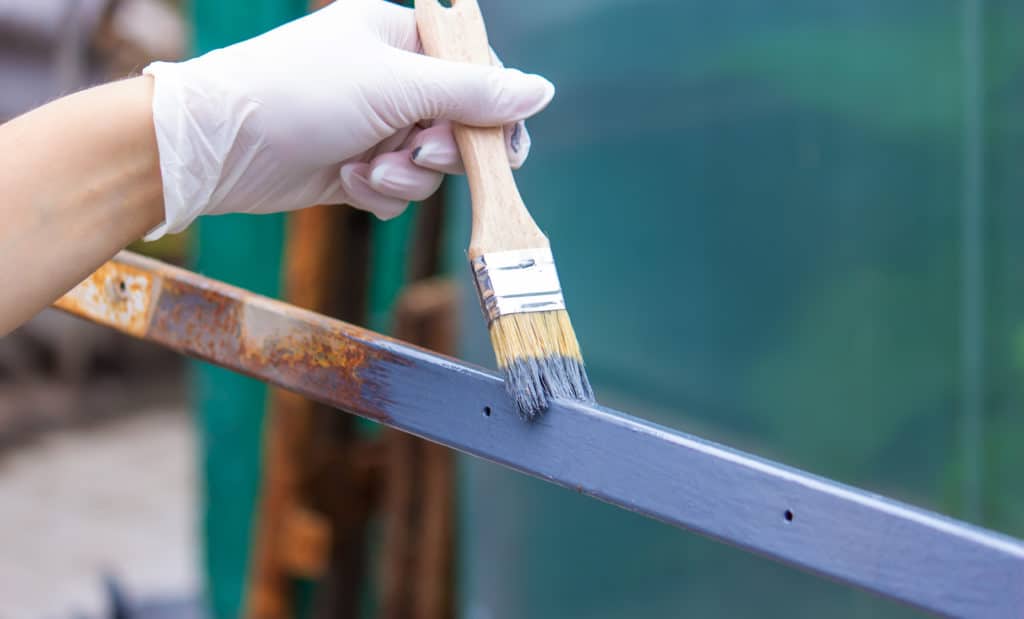
Successful rust treatment and priming are fundamental steps in restoring a wrought iron railing to its former glory. These processes not only provide aesthetic enhancement but also offer long-term protection against future corrosion.
Removing Rust
Before any priming can occur, it is essential to remove all existing rust from the iron railing. This can be done using sandpaper or a wire brush to manually scrape off the rust. For more stubborn areas, a wire brush drill attachment may be employed for efficiency. If rust has penetrated deeply, one might consider using steel wool for finer abrasions.
Applying Rust Converter
After the rust has been removed, applying a rust converter helps to neutralize any residual rust. This substance transforms rust into a stable compound that can be painted over. When applying, ensure thorough coverage for optimal results.
Priming for Paint
The final step to guard against rust is the application of a primer. Primer creates a protective barrier that seals the iron and prevents oxidation. It is recommended to use a spray primer designed for metal, which offers a uniform layer and reaches all the intricate parts of the railing. This product should be applied following the manufacturer’s instructions for the best protection.
Repair Techniques
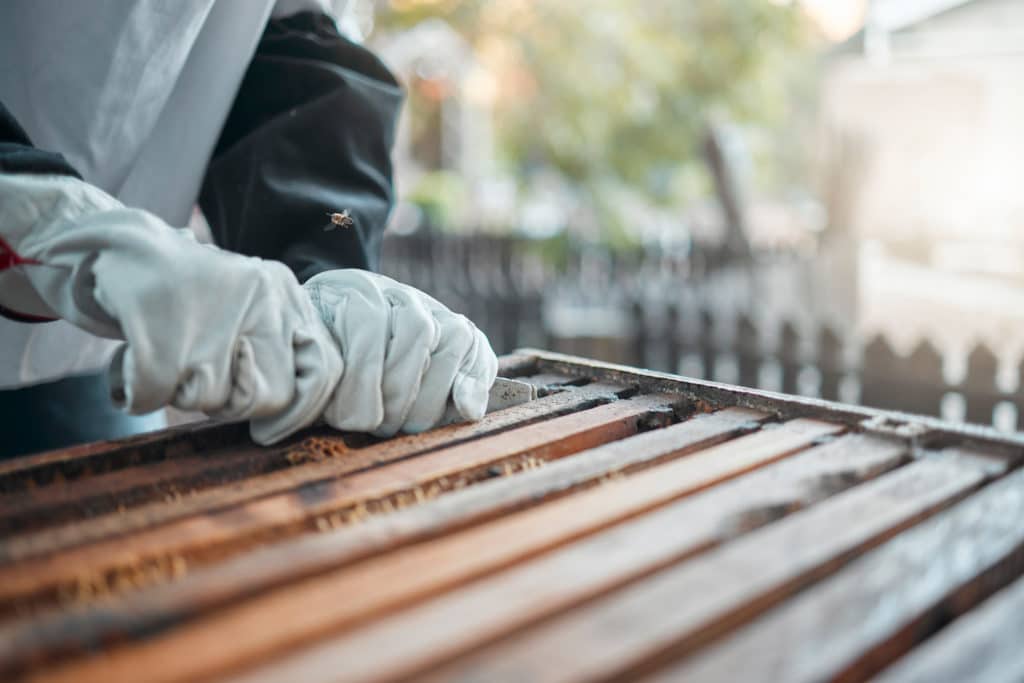
To ensure the longevity and safety of a wrought iron railing, specific repair techniques are utilized to address common issues. These methods include securing loose railings, replacing damaged sections, and strengthening weakened connections.
Securing Loose Railings
Loose railings can often be stabilized by using a hammer drill to make new anchor points in the existing masonry. A masonry bit is used to drill closely spaced holes, which are then filled with hydraulic cement to tightly secure the railing back in place. If the base of the railing is loose, metal leg extensions can be used to provide additional support.
Replacing Damaged Sections
To replace damaged sections of wrought iron railings, one can cut out the corroded parts with a reciprocating saw equipped with a metal-cutting blade. Bonding adhesive can be applied to join new inserts with the current structure. After alignment, holes are drilled at appropriate points where pop rivets are employed to secure the join firmly.
Strengthening Connections
Over time, the connections between railing parts can weaken. To reinforce these points, one should first clean the area and remove any rust. New holes may be drilled using a properly sized bit, and pop rivets are then inserted to strengthen the joint. Tools like a pointed trowel, wrench, and screwdriver become critical in applying additional materials such as bonding adhesive or hydraulic cement for an enduring bond.
Painting and Finishing

After repairing a wrought iron railing, the final step to ensure its durability and aesthetic appeal involves applying protective paint and finishing touches. This process not only prevents rust but also gives the railing a fresh appearance, aligning with the surrounding decor.
Choosing the Right Paint
When selecting paint, one must opt for a product specifically formulated for metal surfaces, such as enamel paint. Enamel provides a hard, durable finish that stands up well against the elements. Spray paint designed for metal is also an excellent option, offering even coverage and efficient application.
Applying Paint
Before painting, the railing should be clean and free of any rust, dust, or debris. Protect the surrounding areas with drop cloths and use duct tape for precise lines. When applying paint, use steady, back-and-forth motions to avoid drips and ensure an even coat. Multiple thin layers often yield a more professional finish than one thick layer.
Adding Final Touches
Once the paint has dried, inspect the railing for any missed spots or uneven areas. A second or third coat may be necessary to achieve full coverage and the desired look. After the final coat, allow the railing to dry completely for at least 24 hours before handling or using it to ensure the paint has fully cured, providing a lasting finish that preserves the integrity of the metal.
Regular Maintenance and Tips
Preventative Care
Regular maintenance of a wrought iron railing can significantly extend its lifespan and enhance curb appeal. To prevent rust and corrosion:
- Clean the railing monthly using soapy water and a soft brush.
- Dry completely to avoid moisture accumulating.
- Inspect for rust spots and treat them promptly by sanding and applying a rust-inhibiting primer.
Checking for Damage
Periodically check the integrity of:
- Balusters and joints for stability.
- The fence and staircase attachments for any loose bolts or screws.
- If loose parts are found, tighten them securely.
Rust Treatment
To handle a rusted wrought iron railing, they can:
- Remove surface rust with a wire brush.
- Apply rust converter and primer.
- Finish with a coat of rust-resistant paint.
This Old House Guidance
According to This Old House, one can:
- Rebuild severely deteriorated railings.
- Replace broken or damaged sections.
- Seek help from a general contractor like Tom Silva for extensive repairs.
Caulking and Sealing
Proper caulking can prevent water seepage, which leads to rust. It is recommended to:
- Use a caulk gun to seal joints, especially those that connect to wood or concrete.
- Ensure sealants are appropriate for outdoor metalwork.
Employing these maintenance and repair strategies will keep iron railings in prime condition, preserving their functionality and aesthetic.


